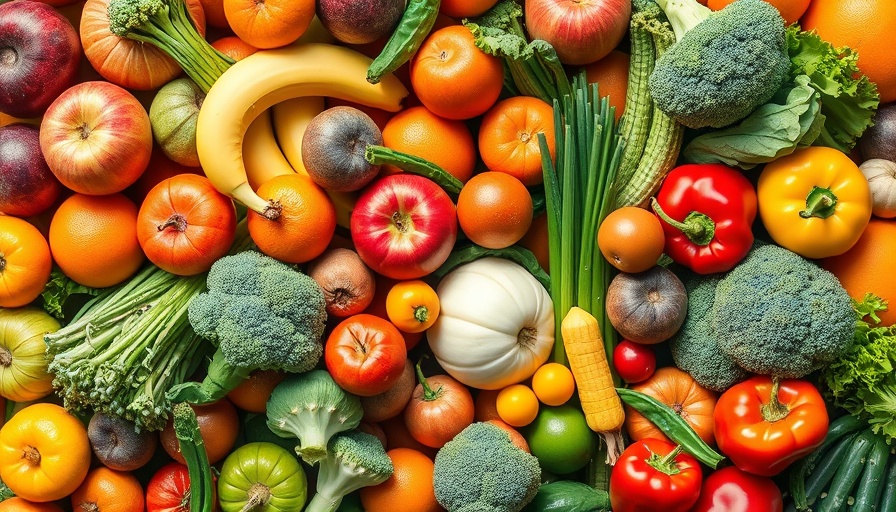
Eating with the Colors of Spring: What’s on Your Plate?
As spring unfolds, it brings vibrant bursts of color in nature that can also be reflected on our plates.
Embracing a colorful diet—often referred to as "eating the rainbow"—is more than an aesthetic choice; it’s a powerful way to boost your health.
Colorful fruits and vegetables are rich in phytonutrients, compounds that help ward off diseases and promote overall well-being.
Why Color Matters
Each color on your plate contributes unique nutritional benefits. For example, red foods, like tomatoes and strawberries, are packed with lycopene, which is known to fight cancer and protect heart health.
Orange and yellow foods, such as carrots and sweet potatoes, deliver carotenoids that may lower cholesterol and improve vision.
Meanwhile, green vegetables, like spinach and broccoli, are filled with powerful antioxidants that combat inflammation.
Deep Dive into Phytonutrients
According to Harvard Health, phytonutrients are plant compounds that not only give fruits and vegetables their vibrant colors, but are also instrumental in keeping both plants and humans healthy.
Eating a variety of colorful foods can significantly reduce the risk of chronic diseases. In fact, the American Cancer Society emphasizes including at least 2-1/2 cups of fruits and vegetables daily.
Increasing this to about 4-1/2 cups compounds the benefits, providing a mixture of essential vitamins and minerals across the spectrum.
Your Guide to a Rainbow Plate
Here’s a straightforward way to incorporate colorful foods into your meals:
Red: Tomatoes, cherries, watermelon.
Orange and Yellow: Sweet potatoes, squash, and peaches.
Green: Kale, broccoli, and green beans.
Blue and Purple: Blueberries, eggplant, and purple cabbage.
White and Brown: Cauliflower, garlic, and mushrooms.
When shopping, keep an eye on your cart: If most of your purchases are of the same color, consider swapping in a few items to diversify. This not only enhances visual appeal but boosts your health.
Practical Tips for Eating the Rainbow
Integrating colorful foods into your daily routine can be both simple and fun. Here are some suggestions:
Start your day with a colorful breakfast smoothie packed with spinach, banana, and mixed berries.
Make a vibrant salad that includes green lettuce, red cherry tomatoes, orange bell peppers, and purple cabbage.
Snack on carrot sticks with hummus or apple slices with peanut butter for a quick hit of nutrients.
Emotional and Social Benefits
Eating a variety of colors not only nourishes the body but can also elevate your mood.
Colorful meals can turn mundane dining into a pleasurable experience, increasing the enjoyment of meals shared with friends and family.
Additionally, sharing recipes and cooking together can enhance social connections and encourage healthy habits throughout the community.
Future Trends in Colorful Eating
As awareness around nutrition grows, the trend of eating colorful foods is expected to boom, with more vibrant recipes hitting menus across restaurants and food blogs.
Eating for health is becoming an intrinsic part of our culture, together with initiatives to encourage local sourcing and participation in farmers' markets.
Make a Commitment to Color
Embracing the rainbow by integrating colorful fruits and vegetables into your meals can have profound benefits on your health and happiness.
The key is balance—aim to include a range of colors and maximize your intake of phytonutrients. Challenge yourself to add new items each week and explore diverse flavors in your cooking.
As you enjoy the fresh, colorful bounty of spring, let your meals reflect the joy and health that these vibrant foods can bring. Head to your local market and start packing your cart with a variety of colors!
 Add Row
Add Row  Add
Add 





 Add Row
Add Row  Add
Add
Write A Comment